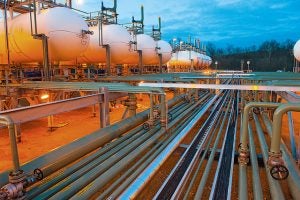 California’s buildings are one of the largest remaining emitters of greenhouse gases. Building emissions come from appliances that combust gas, such as water heaters and furnaces, but are also from our refrigerators, air conditioners and other heavy-duty appliances that are either always on or use a lot of electricity.
California’s buildings are one of the largest remaining emitters of greenhouse gases. Building emissions come from appliances that combust gas, such as water heaters and furnaces, but are also from our refrigerators, air conditioners and other heavy-duty appliances that are either always on or use a lot of electricity.
California has spent decades making our appliances more efficient through robust energy efficiency programs and other projects. But at a recent hearing at the California Energy Commission, lead Commissioner Andrew McAllister suggested a new vision for reducing the greenhouse gas pollution coming from our homes and buildings: What if the electrified devices in our home could talk to the electric grid?




